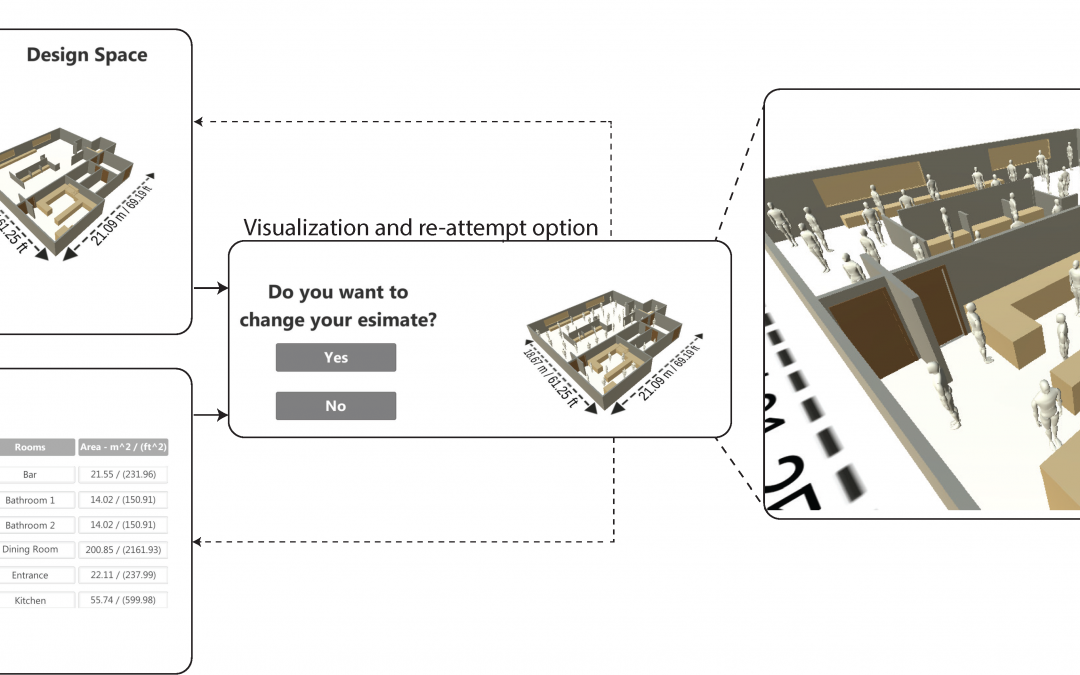In collaboration with GAIDG Lab external collaborators, New Jersey Institute of Technology PI Mathew Schwartz, York University PI Petros Faloutsos, Rutgers University PI Mubbasir Kapadia, and King Fahd University of Petroleum and Minerals PI Muhammad Usman we explore the impact of human manikin perception on spatial planning in environment design.
Abstract
The visualization of spaces, both virtual and built, has long been an important part of the environment design process. Industry tools to visualize occupancy have grown from simple drop-in stock photos post-design to real-time crowds simulations. However, while treatment of visualization and collaborative design processes has long been discussed in the HCI and Architecture communities, these inclusive design methods are infrequently seen in architecture education (e.g. studio) and practice, nor implemented in licensure requirements — leaving designers to think about the future occupants on their own. While there are strong indicators of the impact visualization modality and rendering style have on perception of scale and space, little has been explored regarding how we represent the human form with respect to these design tools and practices. We present findings from a novel online interactive space planning and estimation study that examines the effects of 3 common building visualization modalities in the design process with 3 human form modalities extracted from the architecture literature. Results indicate the type of visualization changes the number of occupants estimated, and that designers prefer integrated manikins within building models when estimating space usage, although their acceptance was equally divided between 2D and 3D. Our findings lay the foundation for new and focused design tools integrating human form and factors at building scale.

